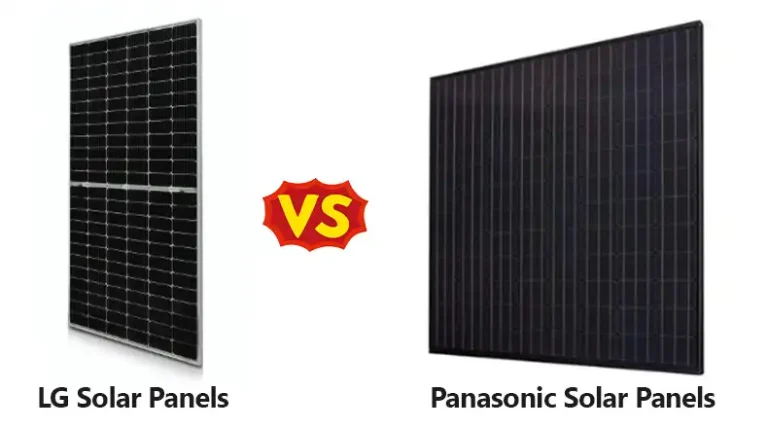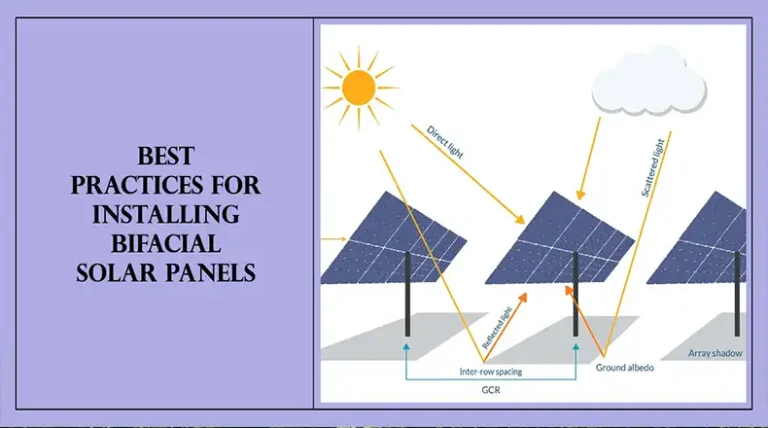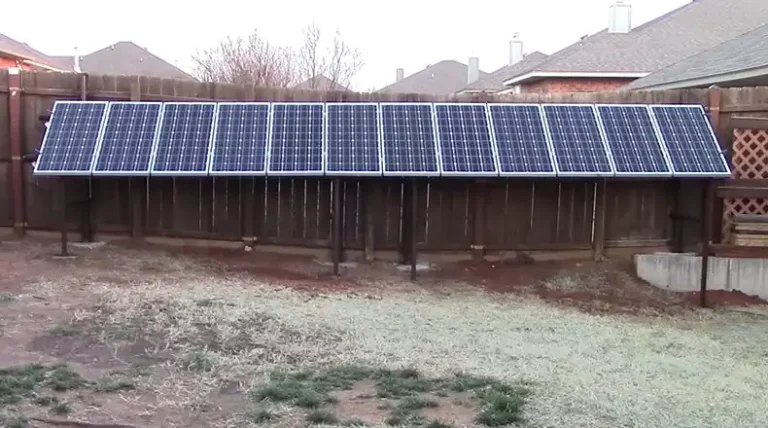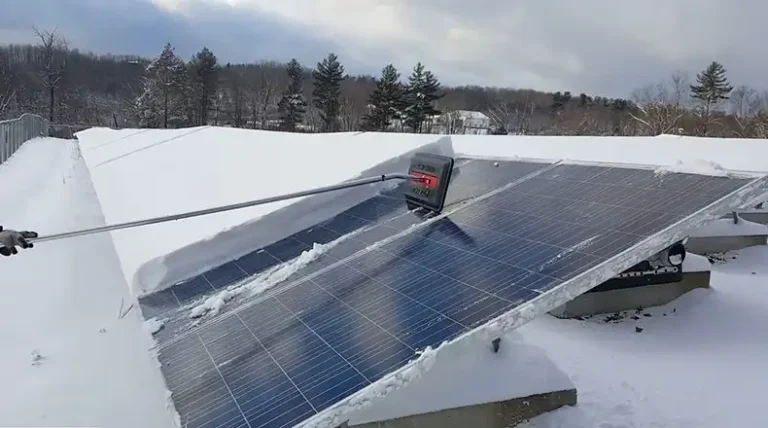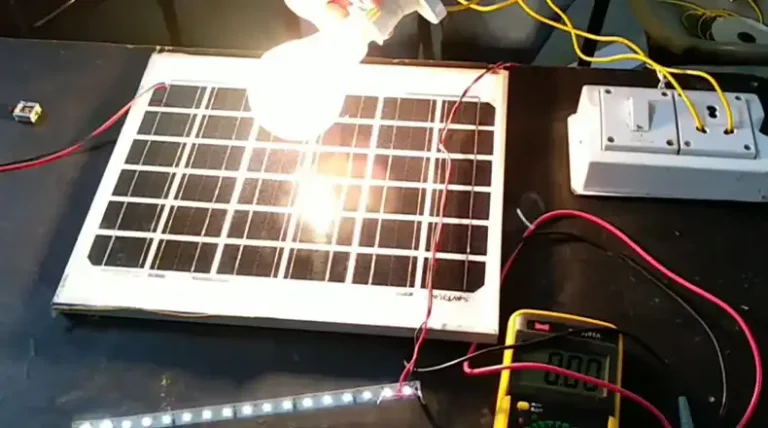What if Every Roof Has a Solar Panel? Impact, Benefit and Challenges
Ever wish you could stick it to the power company and generate your own clean energy? Imagine gazing out at rows of shining solar panels on every home in your neighborhood. That sight could become reality sooner than you think!
Having solar atop most roofs may sound unlikely, but get this – distributed solar could meet a whopping 40% of America’s current electricity demand! Recent tech improvements actually make rooftop systems affordable for millions more households now too. So what’s stopping us from kicking fossil fuels to the curb? Read on to explore the immense potential benefits, feasibility, and challenges of blanketing our communities in solar by filling every viable roof with panels. The renewable energy revolution could thrive, one distributed sun-fueled roof at a time!
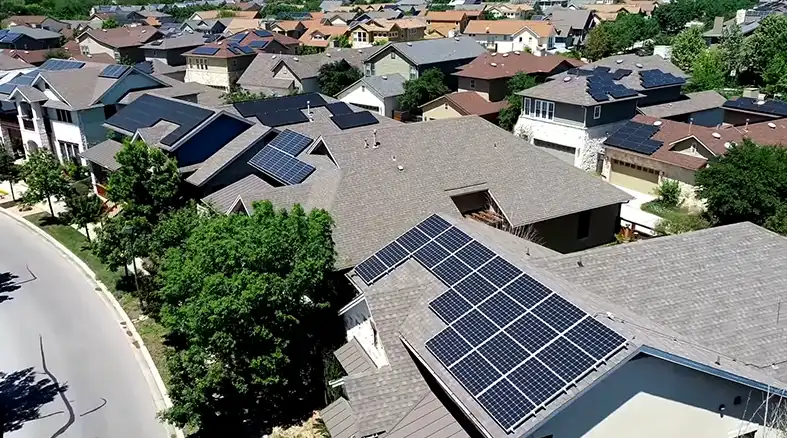
The Potential Impact of Having Solar Panels on Every Roof Top
There are over 144 million homes and businesses in the United States. If even half of those buildings added rooftop solar, we could see a massive increase in renewable energy generation. Some key statistics highlight the immense potential:
Around 81% of homes in the USA or over 100 million buildings could technically host rooftop solar panels in the U.S. This includes residential homes as well as commercial buildings. According to researchers from the US National Renewable Energy Laboratory, there are over 8 billion square meters of suitable roofs in the US available for installing solar panels.
According to their research, If all viable rooftops had solar installations, we could generate over 1,400 terawatts of solar energy capacity.
For comparison, as of February 2023, the entire U.S. currently has about 1.3 million megawatts of utility-scale generation capacity from all sources. In contrast, rooftop solar alone on this scale would meet around 40% of current U.S. electricity demand.
Widespread rooftop solar would prevent over 13.2 % of annual carbon emissions. In 2022, a total of 1650 million metric tons of carbon emissions occurred, and using solar panels can reduce around 218 million metric tons of carbon emissions.
On a local scale, rooftop solar could allow some neighborhoods to become nearly fossil fuel-free when it comes to electricity.
In short, solar panels atop the majority of U.S. buildings would constitute a solar power plant larger than any that exists today. This distributed renewable generation could significantly reduce reliance on coal, natural gas, and other fossil fuels that power our homes and businesses each day.
The Benefits of Having Solar Panels on Every Rooftop
Installing solar widely would bring many advantages at both the individual and societal levels:
Clean Energy Production
The most direct benefit is generating large amounts of clean renewable energy right where it’s needed. Solar power does not create any greenhouse gas emissions or toxic pollution. As rooftop systems offset more fossil fuel use, they would help improve air quality while mitigating climate change.
Energy Independence
Widespread rooftop solar would also give households and businesses greater energy independence. Rather than relying solely on large utility companies, people could generate their own emissions-free electricity. This distributed power system would spread financial and energy reliability risks among millions of solar owners instead of concentrating risks among a few major power plants or transmission lines.
Utility Savings
At the individual level, installing rooftop solar panels offers the opportunity to reduce electric bills over the system’s 25+ year lifespan. Locking in solar pricing can also hedge against future hikes in retail electricity rates. Based on recent analysis, roughly 9 out of 10 U.S. single-family homes could realize net utility savings by switching to solar energy. These household-level economic benefits multiplied by tens of millions would amount to tens of billions in cumulative consumer savings.
The Feasibility
While solar panels on every rooftop may sound ambitious, trends show a fast-growing adoption of distributed solar energy:
- Over 3.9 million U.S. homes already have rooftop solar installed as of 2022. This number is expected to reach over 5 million by 2025.
- Residential rooftop solar saw 37% year-over-year growth in 2021 alone.
- Much of the nationwide potential depends on expanding solar adoption greatly in historically underserved locations. Encouraging trends show rooftop solar growing quickly in states like Texas, Florida, and across the Southeast U.S.
- Solar installation costs have dropped about 40% in 5 years thanks to technology improvements, streamlined permitting processes, and economies of scale. This makes the economics of rooftop systems increasingly attractive.
- Supportive public policies help drive expansion as well. Extended federal tax credits, solar mandates for new construction, loosened permitting restrictions, and financial incentives like rebates or performance payments can all help encourage wider solar deployment.
With solar adoption already growing at double-digit rates annually, aggressive supportive policies could feasibly accelerate the U.S. toward having 50-100 million solar rooftops by 2050.
Challenges of Installing Solar Panels on Every Roof Top
While the promise exists, there are still challenges to overcome in reaching full rooftop solar deployment:
Upfront costs can still be daunting
Typical rooftop solar systems require anywhere from $10,000 to $25,000 in upfront investment. Bringing down these costs through financial incentives and better financing tools remains vital.
Grid capacity issues can emerge
Without proper infrastructure upgrades and coordination, introducing large amounts of rooftop solar could lead to technical issues like voltage fluctuations or reliability concerns. Utility planners have to incorporate distributed generation into grid management and capacity expansions.
Incentive policy uncertainties
While federal tax credits are guaranteed for several more years, the long-term policy landscape is unclear. Continuing incentives like rebates, performance payments, renewable mandates and more can help give the private sector confidence to continue investing in solar growth.
Access limitations
Most current rooftop solar adoption focuses predominantly on wealthy single-family homeowners. Extending opportunities for solar energy and its cost savings to renters, low-income residents, apartments, and small businesses remains critically important.
With smart, well-designed policy efforts, these challenges are surmountable. Many states like California already get 10-15% of their annual electricity generation from distributed solar. Proven solutions exist to update physical infrastructure and financial tools to enable more inclusive community solar access as well.
The Future of Having Solar Panels on Every Rooftop
Imagining a future America where nearly every neighborhood rooftop bears solar panels is an inspiring vision. These widespread distributed energy systems would facilitate a cleaner, lower-carbon, and more consumer-empowered electricity system.
Residents can enjoy energy independence and cost savings through rooftop systems, while communities reap environmental and grid reliability benefits more broadly. Instead of a centralized fossil fuel-dominated power structure, solidarity reigns supreme!
Progress toward affordable, efficient, and accessible rooftop solar installations for all homes and businesses is critical for both American quality of life and hopes of a stabilized global climate. With sound policy decisions and public-private collaborations, this future could very well become a reality before mid-century. Who’s ready to power forward into the age of solar for all?
Closing Thoughts
A future where nearly every home, school, business, church, or government building sports solar panels on its roof may seem ambitious. Yet the immense potential distributed solar benefits combined with rapid recent growth trends make this vision increasingly viable over the coming critical decades. With the right policy decisions and financial tools, our communities could soon find themselves powered by clean, renewable energy harnessed locally from the sun itself. The rooftop solar revolution awaits!

